Alberta
Alberta Budget 2021 Highlights

Maintaining responsible spending
Budget 2021’s responsible approach to spending will mean more investment in priority areas like health care, education and job creation.
Budget 2021 is built on 3 fiscal anchors:
- Keep net debt below 30% of GDP to help protect future generations from rising debt servicing costs.
- Deliver services more cost effectively by bringing spending in line with other comparator provinces.
- Re-establish a plan to balance the budget post-pandemic when a more stable level of predictability returns to the budgeting process.
Getting back on track
Operating expense
- In 2021–22, operating expense is $1 billion higher than 2020–21 forecast and begins to normalize, remaining relatively flat over the next 2 years.
Deficit
- $18.2 billion deficit is targeted for 2021–22, $2 billion less than the 2020–21 forecast.
- $11 billion and $8 billion deficits are targeted for 2022–23 and 2023–24 respectively.
Declining deficit can be attributed to decreasing expense as:
- the costs of the pandemic subside
- the government works to streamline and modernize service delivery
- revenue increases as the economy recovers
Budget 2021 funding highlights
Budget 2021 provides funding of:
- $23 billion for health services
- $8.2 billion operating expense for kindergarten to grade 12 (K to 12) education services
- $6.3 to $6.4 billion operating expense for social services ministries
- $136 million over 3 years for the Alberta Jobs Now program
- $166 million over 3 years for the Innovation Employment Grant
- $500 million in 2021–22 for additional investments in economic recovery
Investing in health care
Alberta’s government is increasing Health’s budget by over $900 million (or 4%) to $23 billion, and that’s excluding the impact of COVID-19.
- $5.4 billion for physician compensation and development (including academic medicine)
- $3.5 billion for community care, continuing care and home care programs, including $20 million over 4 years for palliative and end of life care
- $1.9 billion for drugs and supplemental health benefits.
- $34 million for children’s health supports to expand mental health and rehabilitation services for children and youth
- $140 million over 4 years for mental health and addiction services
Continuing the fight against COVID-19
Budget 2021 invests in continued supports to protect Albertans as we enter the second year of the pandemic.
- $1.25 billion COVID-19 Contingency to address health-care costs for responding to the pandemic, including surgical wait times and backlogs
- This is in addition to $2.1 billion spend in 2020-21
Getting health care back on track
Budget 2021 invests $16 billion for Alberta Health Services operations. Includes:
- Alberta Surgical Initiative
- Continuing Care Capacity Plan
- CT and MRI Access Initiative
Investing in health care capital
Budget 2021 commits $3.4 billion over 3 years for health related capital projects and programs, providing:
- $2.2 billion for health facilities, with $143 million for 5 new projects
- $766 million for Alberta Health Services self-financed capital, for parkades, equipment and other capital requirements
- $343 million for capital maintenance and renewal of existing facilities
- $90 million for health department IT projects
Preparing for recovery
Alberta’s Recovery Plan is a bold strategy to create jobs that get people back to work, build infrastructure and diversify our economy. This includes the acceleration of the Job Creation Tax Cut, which creates employment opportunities by making Alberta one of the most attractive jurisdictions in North America for new business investment. Budget 2021 will spend an additional $3.1 billion in 2021–22 to continue supporting recovery plan strategies.
Budget 2021 invests $1.7 billion more in capital funding in 2021–22 than what was planned in Budget 2020.
The 3-year Capital Plan now totals $20.7 billion and will support more than 50,000 direct and 40,000 indirect jobs through to 2024.
Diversifying the economy
In 2021–24, $1.5 billion invested in Alberta’s Recovery Plan.
Budget 2021 invests in established and emerging sectors that hold the greatest potential for growth and job creation, and are fundamental to our economic recovery including: energy; agriculture and forestry; tourism; finance and fintech; aviation, aerospace and logistics; and technology and innovation.
Economic recovery spending highlights
-
- Innovation Employment Grant supports small and medium-sized businesses that invest in research and development
- Developing framework to protect intellectual property in Alberta
- Investment and Growth Strategy supports emerging sectors while building on our existing strengths
- Invest Alberta provides supports and services to drive up investment and showcase Alberta as the best place in the world to do business
Alberta
Alberta mother accuses health agency of trying to vaccinate son against her wishes
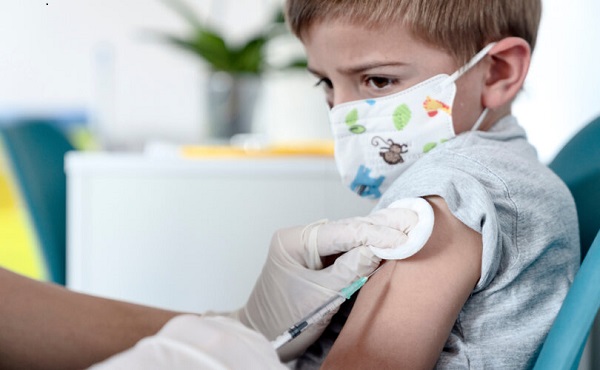
From LifeSiteNews
Alberta Health Services has been accused of attempting to vaccinate a child in school against his parent’s wishes.
On November 6, Alberta Health Services staffers visited Edmonton Hardisty School where they reportedly attempted to vaccinate a grade 6 student despite his parents signing a form stating that they did not wish for him to receive the vaccines.
“It is clear they do not prioritize parental rights, and in not doing so, they traumatize students,” the boy’s mother Kerri Findling told the Counter Signal.
During the school visit, AHS planned to vaccinate sixth graders with the HPV and hepatitis B vaccines. Notably, both HPV and hepatitis B are vaccines given to prevent diseases normally transmitted sexually.
Among the chief concerns about the HPV vaccine has been the high number of adverse reactions reported after taking it, including a case where a 16 year-old Australian girl was made infertile due to the vaccine.
Additionally, in 2008, the U.S. Food and Drug Administration received reports of 28 deaths associated with the HPV vaccine. Among the 6,723 adverse reactions reported that year, 142 were deemed life-threatening and 1,061 were considered serious.
Children whose parents had written “refused” on their forms were supposed to return to the classroom when the rest of the class was called into the vaccination area.
However, in this case, Findling alleged that AHS staffers told her son to proceed to the vaccination area, despite seeing that she had written “refused” on his form.
When the boy asked if he could return to the classroom, as he was certain his parents did not intend for him to receive the shots, the staff reportedly said “no.” However, he chose to return to the classroom anyway.
Shortly after, he was called into the office and taken back to the vaccination area. Findling said that her son then left the school building and braved the sub-zero temperatures to call his parents.
Following his parents’ arrival at the school, AHS claimed the incident was a misunderstanding due to a “new hire,” attesting that the mistake would have been caught before their son was vaccinated.
“If a student leaves the vaccination center without receiving the vaccine, it should be up to the parents to get the vaccine at a different time, if they so desire, not the school to enforce vaccination on behalf of AHS,” Findling declared.
Findling’s story comes just a few months after Alberta Premier Danielle Smith promised a new Bill of Rights affirming “God-given” parental authority over children.
A draft version of a forthcoming Alberta Bill of Rights provided to LifeSiteNews includes a provision beefing up parental rights, declaring the “freedom of parents to make informed decisions concerning the health, education, welfare and upbringing of their children.”
Alberta
Alberta’s fiscal update projects budget surplus, but fiscal fortunes could quickly turn

From the Fraser Institute
By Tegan Hill
According to the recent mid-year update tabled Thursday, the Smith government projects a $4.6 billion surplus in 2024/25, up from the $2.9 billion surplus projected just a few months ago. Despite the good news, Premier Smith must reduce spending to avoid budget deficits.
The fiscal update projects resource revenue of $20.3 billion in 2024/25. Today’s relatively high—but very volatile—resource revenue (including oil and gas royalties) is helping finance today’s spending and maintain a balanced budget. But it will not last forever.
For perspective, in just the last decade the Alberta government’s annual resource revenue has been as low as $2.8 billion (2015/16) and as high as $25.2 billion (2022/23).
And while the resource revenue rollercoaster is currently in Alberta’s favor, Finance Minister Nate Horner acknowledges that “risks are on the rise” as oil prices have dropped considerably and forecasters are projecting downward pressure on prices—all of which impacts resource revenue.
In fact, the government’s own estimates show a $1 change in oil prices results in an estimated $630 million revenue swing. So while the Smith government plans to maintain a surplus in 2024/25, a small change in oil prices could quickly plunge Alberta back into deficit. Premier Smith has warned that her government may fall into a budget deficit this fiscal year.
This should come as no surprise. Alberta’s been on the resource revenue rollercoaster for decades. Successive governments have increased spending during the good times of high resource revenue, but failed to rein in spending when resource revenues fell.
Previous research has shown that, in Alberta, a $1 increase in resource revenue is associated with an estimated 56-cent increase in program spending the following fiscal year (on a per-person, inflation-adjusted basis). However, a decline in resource revenue is not similarly associated with a reduction in program spending. This pattern has led to historically high levels of government spending—and budget deficits—even in more recent years.
Consider this: If this fiscal year the Smith government received an average level of resource revenue (based on levels over the last 10 years), it would receive approximately $13,000 per Albertan. Yet the government plans to spend nearly $15,000 per Albertan this fiscal year (after adjusting for inflation). That’s a huge gap of roughly $2,000—and it means the government is continuing to take big risks with the provincial budget.
Of course, if the government falls back into deficit there are implications for everyday Albertans.
When the government runs a deficit, it accumulates debt, which Albertans must pay to service. In 2024/25, the government’s debt interest payments will cost each Albertan nearly $650. That’s largely because, despite running surpluses over the last few years, Albertans are still paying for debt accumulated during the most recent string of deficits from 2008/09 to 2020/21 (excluding 2014/15), which only ended when the government enjoyed an unexpected windfall in resource revenue in 2021/22.
According to Thursday’s mid-year fiscal update, Alberta’s finances continue to be at risk. To avoid deficits, the Smith government should meaningfully reduce spending so that it’s aligned with more reliable, stable levels of revenue.
Author:
-
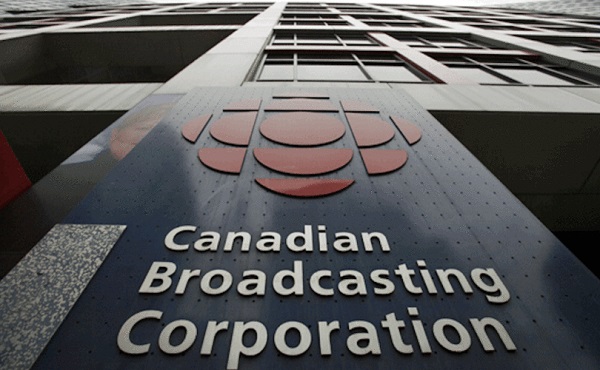
 Business2 days ago
Business2 days agoCBC’s business model is trapped in a very dark place
-
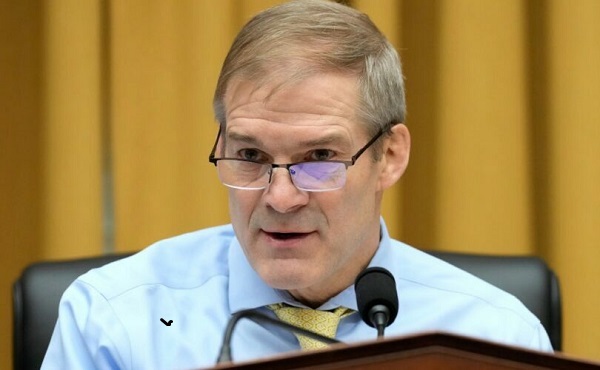
 Censorship Industrial Complex2 days ago
Censorship Industrial Complex2 days agoCongressional investigation into authors of ‘Disinformation Dozen’ intensifies
-
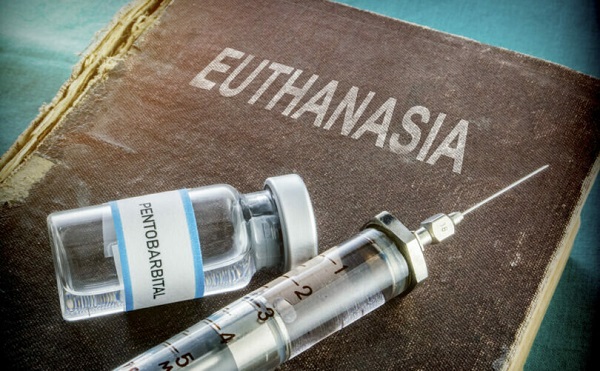
 Alberta2 days ago
Alberta2 days agoAlberta government announces review of Trudeau’s euthanasia regime
-

 Alberta1 day ago
Alberta1 day agoAlberta fiscal update: second quarter is outstanding, challenges ahead
-
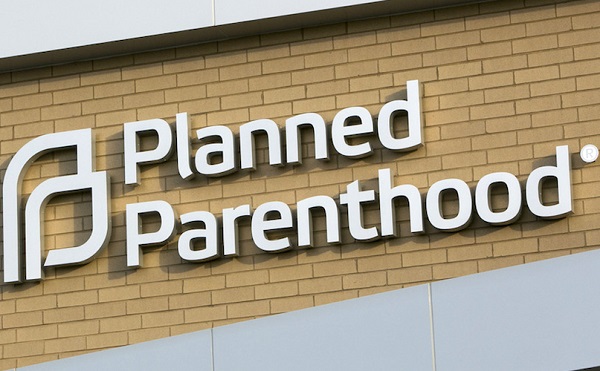
 Business1 day ago
Business1 day agoTrump’s government efficiency department plans to cut $500 Billion in unauthorized expenditures, including funding for Planned Parenthood
-

 Brownstone Institute17 hours ago
Brownstone Institute17 hours agoFirst Amendment Blues
-
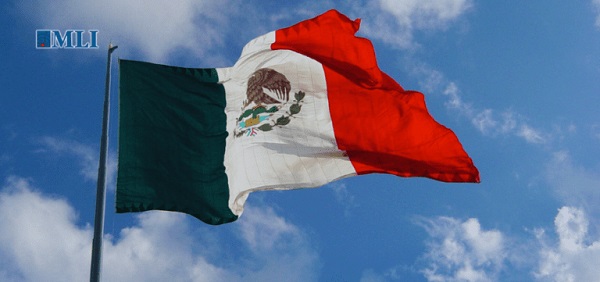
 Crime1 day ago
Crime1 day agoMexican cartels are a direct threat to Canada’s public safety, and the future of North American trade
-

 Business20 hours ago
Business20 hours agoDEI gone?: GOP lawmakers prep to clean house in federal government






